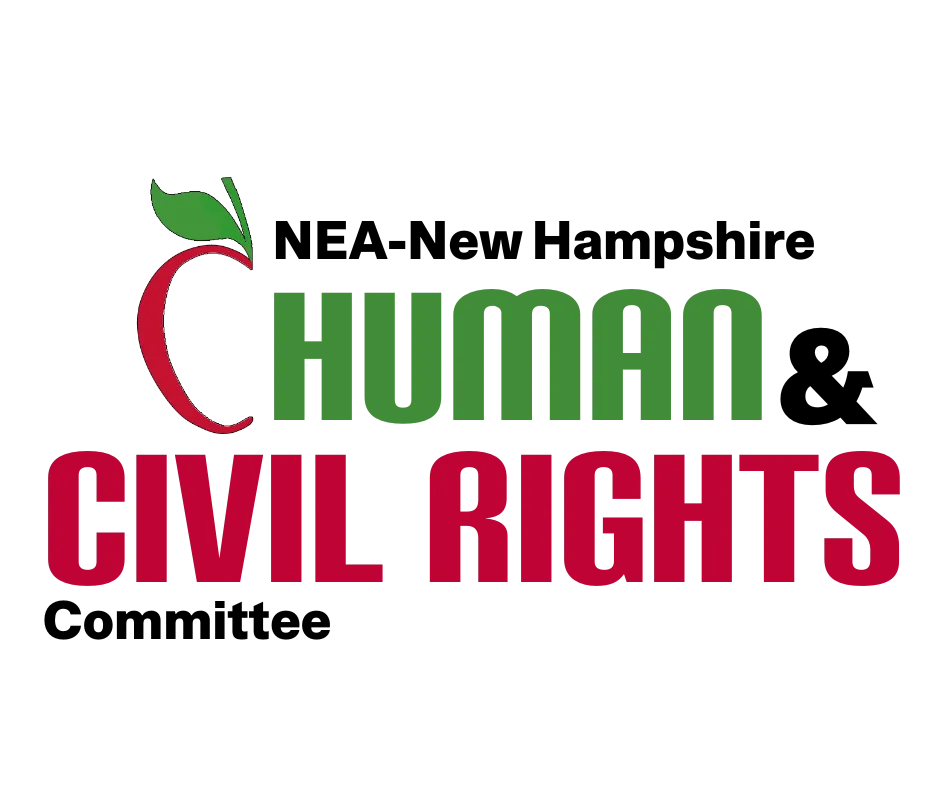NEA-NH Human & Civil Rights Committee (HCR)
The NEA-NH Human & Civil Rights Committee (HCR) is made up of educators, retired educators, and members of the NEA-NH staff. Our job is to stay up to date on current issues and concerns which are happening throughout our state and country related to Human Civil Rights.
